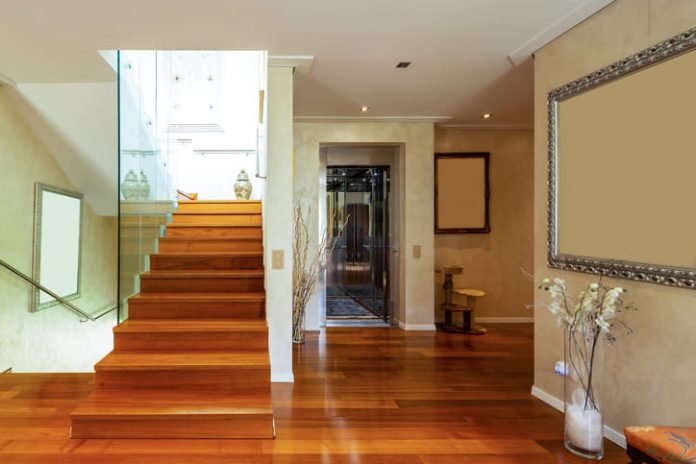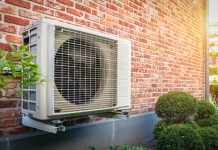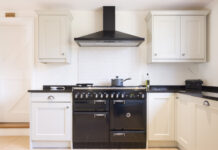Have you ever imagined adding a touch of luxury and convenience to your home with an elevator? While the thought of having your lift may be appealing, many homeowners often seek clarity on the expenses involved. This blog post will explore the factors that influence the pricing of home elevators offering insights and advice to help you navigate this complicated investment. Whether you aim to improve accessibility, convenience, or luxury in your residence, understanding the expenses associated with domestic lifts is the step towards transforming your living space.
Types of Elevator
The type of elevator significantly impacts its pricing owing to variations in design, technology, and installation needs. Hydraulic elevators tend to be more budget-friendly as they employ a piston and fluid for lifting the cab. On the other hand, traction elevators utilize a system of cables and counterweights for movement. However, they often come with higher upfront costs due to their intricate mechanisms and installation requirements. Pneumatic elevators present another choice. Can be more expensive due, to their innovative technology and stylish design. Furthermore, each elevator type may incur maintenance and operational expenses over time further influencing the ownership cost.
Capacity
The weight capacity of an elevator is crucial as it determines how much weight it can safely carry. This overlooked aspect greatly affects the cost. Elevators, with weight capacities, require components like larger motors, thicker cables, and sturdier support structures leading to increased manufacturing and installation expenses. Moreover, elevators with capacities may require modifications such as reinforced flooring or stronger elevator shafts further adding to the total cost. On the other hand, lower-capacity elevators are usually more affordable due to their design and reduced material needs. However, it’s vital to choose an elevator with a capacity that aligns with your requirements for dependable operation.
Installation Requirements
The installation of home elevators involves factors that impact costs significantly due to the complexity of the process. Factors like adjustments, space limitations, electrical and mechanical needs and adherence to building codes play a role in determining installation expenses. Compliance, with building regulations, may also necessitate permits, inspections, and paperwork which contribute to the installation costs.
Customization Options
Customization choices can also influence the pricing of elevators. The level of personalization can vary greatly ranging from choosing high-end finishes and materials to incorporating design elements and advanced technological functions. Premium finishes can notably raise the elevator’s price as these materials are typically more costly than standard options. Similarly, special lighting effects, digital screens, or integrated audio systems contribute to the cost while enhancing both the functionality and visual appeal of the elevator.
Accessibility Features
Accessibility features can significantly impact the expenses associated with elevators due to the technology, materials, and engineering needed to meet accessibility standards and cater to individuals with mobility issues. Features like wheelchair access, automatic doors, and specialized controls add complexity to the elevator system. They may require alterations in the home such as widening doorways or reinforcing floors. Furthermore installing safety measures like emergency communication systems, handrails, and non-flooring increases costs. Incorporating features for compliance with accessibility regulations may require customization or integration of components resulting in higher prices.
Maintenance
Maintenance plays a role, in managing both costs and long-term operational effectiveness. Regular maintenance ensures that the elevator functions smoothly reliably and safely. Reducing the chances of breakdowns or expensive repairs.
Maintenance service agreements provided by elevator companies encompass inspections, standard maintenance tasks, and emergency repair services which can be packaged into a fixed yearly fee. Although opting for these agreements may increase upfront costs, they offer homeowners peace of mind by ensuring that their elevator functions optimally and adheres, to safety standards.
Regulatory Compliance
Compliance with regulations plays a role in the expenses of installing a residential elevator. Different jurisdictions have regulations governing elevator installations. Meeting building codes, safety standards, and permit prerequisites incur costs. Non-compliance could lead to penalties, delays, or even necessitate modifications or removal of the elevator resulting in expenditures. Hence accounting for compliance is vital when budgeting for a home elevator installation to prevent setbacks and ensure project success.
Energy Efficiency
Considerations related to energy efficiency can affect the expenses involved in installing a home elevator in several ways. Opting for energy components and technologies can reduce electricity usage and lower operational costs. Enhance sustainability throughout the elevator’s lifespan. Evaluating the investment in energy features, against potential long-term savings is crucial to determine cost-effectiveness.
Additionally, factors such as the size of the elevator, its usage patterns, and the home’s energy efficiency standards can influence the magnitude of energy savings and their impact on costs. Giving importance to energy efficiency when designing and installing a home elevator can result in both savings and positive environmental outcomes making it a valuable option for homeowners seeking to cut costs and lessen their impact.
Location and Accessibility
Factors such as the distance between the elevator shaft and electrical systems potential obstacles or structural complexities and any need for equipment during installation can all play a role in determining costs. Homes with access might require adjustments or personalized solutions to accommodate an elevator leading to higher installation expenses. Additionally transporting elevator components to remote or challenging locations may add to costs.
Given that multiple factors influence the cost of lifts in India seeking a quote from a reputable provider is often recommended. These professionals possess the expertise needed to evaluate your requirements accurately. Suggest a budget accordingly. You can locate providers online. Reach out through referrals, for assistance.



































